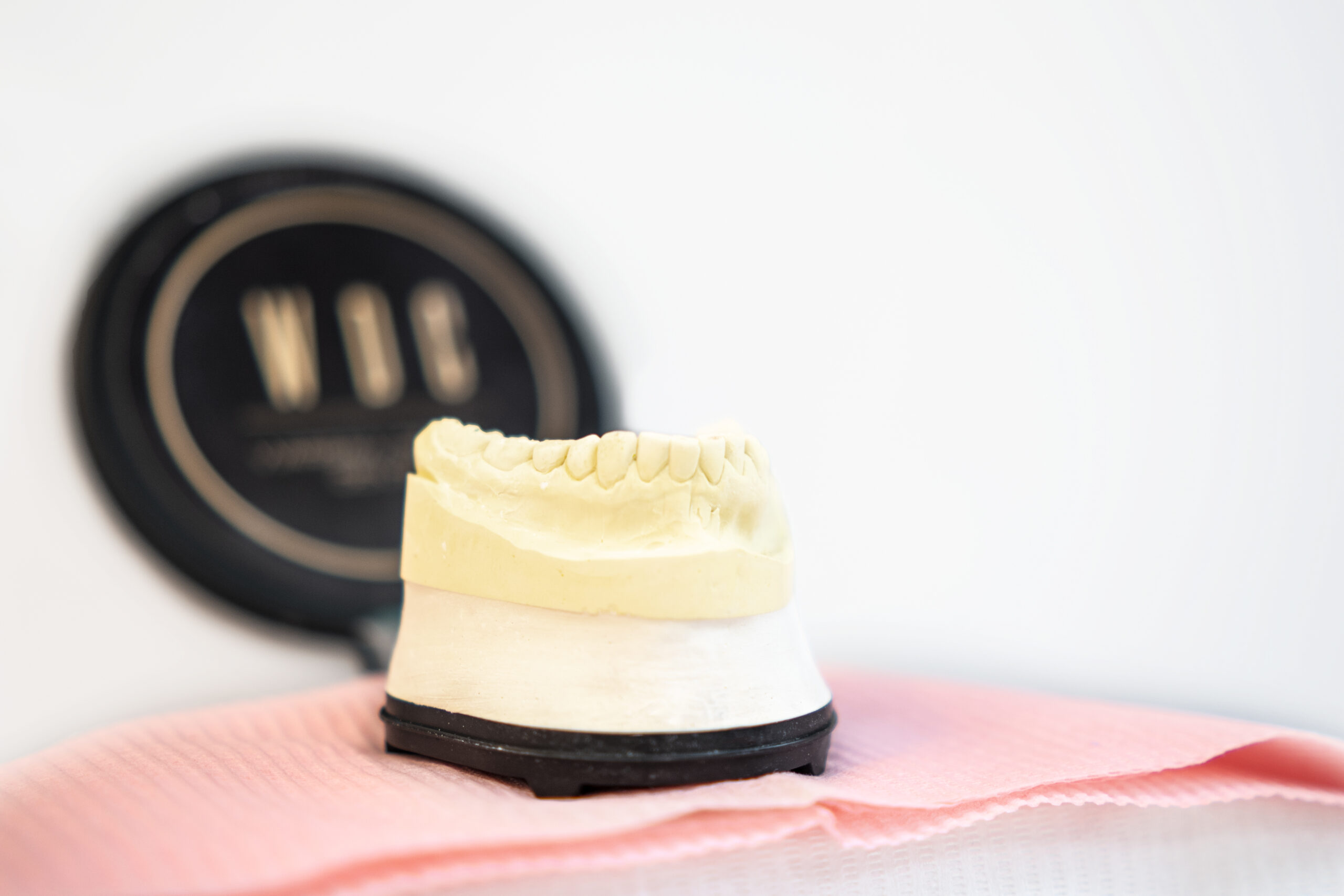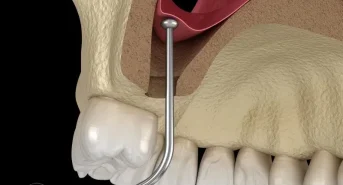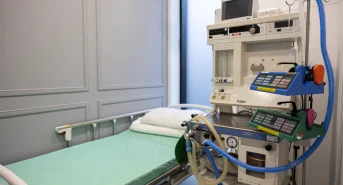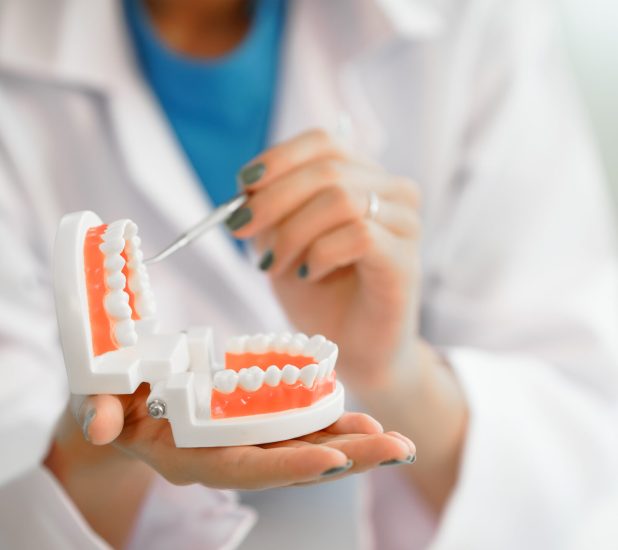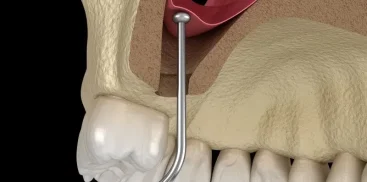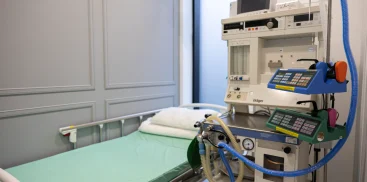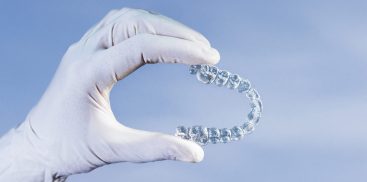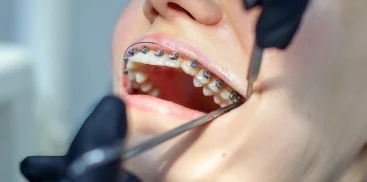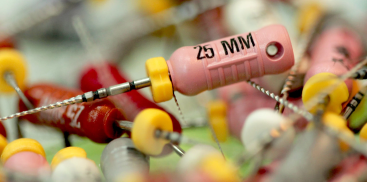Dental occlusion is the relationship between the upper and lower teeth, and its disturbance can lead to undesirable consequences such as an unaesthetic smile, crooked bite, and jaw pain. It is worth noting that treatment of occlusal disease is essential, as ignoring it can even lead to tooth loss.
Effective treatment of occlusion involves various methods to correct the bite, such as overlays, splints, or implants, aimed at protecting the teeth from further destruction. In advanced cases, orthodontic treatment may also be necessary. Prognoses regarding the effectiveness of therapy and the duration of treatment depend on the degree of occlusion advancement and the timing of therapy initiation.
Dental occlusion—what is it and what are its consequences?
Dental occlusion refers to how the upper dental arch meets the lower one. Irregularities in this relationship can lead to various problems requiring treatment. Occlusal disease is a condition in which there is abnormal tooth contact, leading to tooth wear and cavities. Symptoms may also include gum recession, jaw muscle tension, headaches, tooth sensitivity, and bruxism (teeth grinding).
Pathological occlusion can occur for various reasons, including malocclusions, tooth loss, improper prosthetics, and stress. Early diagnosis and treatment are crucial for therapy effectiveness. Implementing comprehensive treatment, including facial muscle rehabilitation and psychotherapy, can yield positive results. Neglecting treatment can lead to serious complications, including tooth loss.
It is important to understand that dental occlusion can occur in people of all ages and is often the result of various factors such as malocclusions and poor habits. Therefore, regular visits to the dentist and proper oral hygiene are crucial for preventing this disease.
Treatment of occlusal disease
Treatment of occlusal dental disease begins with meticulous diagnosis, including radiographs, ultrasonography of the temporomandibular joints, and assessment of masticatory muscles. Thorough clinical examination of the patient, including medical history and functional tests and jaw impressions, is also necessary. This is done to comprehensively analyze the patient’s problems and develop a treatment plan.
Restoring proper bite relationship can be time-consuming and demanding, so effective treatment and occlusion improvement are tasks for experienced specialists working in professionally equipped dental laboratories.
Therapy methods for occlusal dental disease
Therapy for occlusal dental disease aims to correct the contact between upper and lower teeth and adjust the temporomandibular joints. One technique for correcting improper occlusion is rebuilding lost tooth hard tissues using conservative fillings. Aligning the bite provides relief from symptoms associated with improper occlusion and improves smile aesthetics. Occlusion correction can also be achieved through equilibration, a process of creating the proper bite surface by grinding teeth to achieve their even shape.
For milder forms of occlusion, the use of occlusal splints worn at night is recommended. In more complicated situations, the use of a permanent orthodontic appliance or even surgical intervention may be necessary. Muscle exercises for the jaw, facial muscles, and neck and throat muscles are also important elements of occlusal dental disease therapy. Movement rehabilitation can be continued after the main treatment phase to maintain therapeutic effects.
